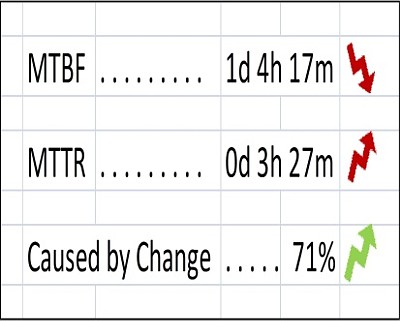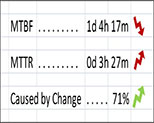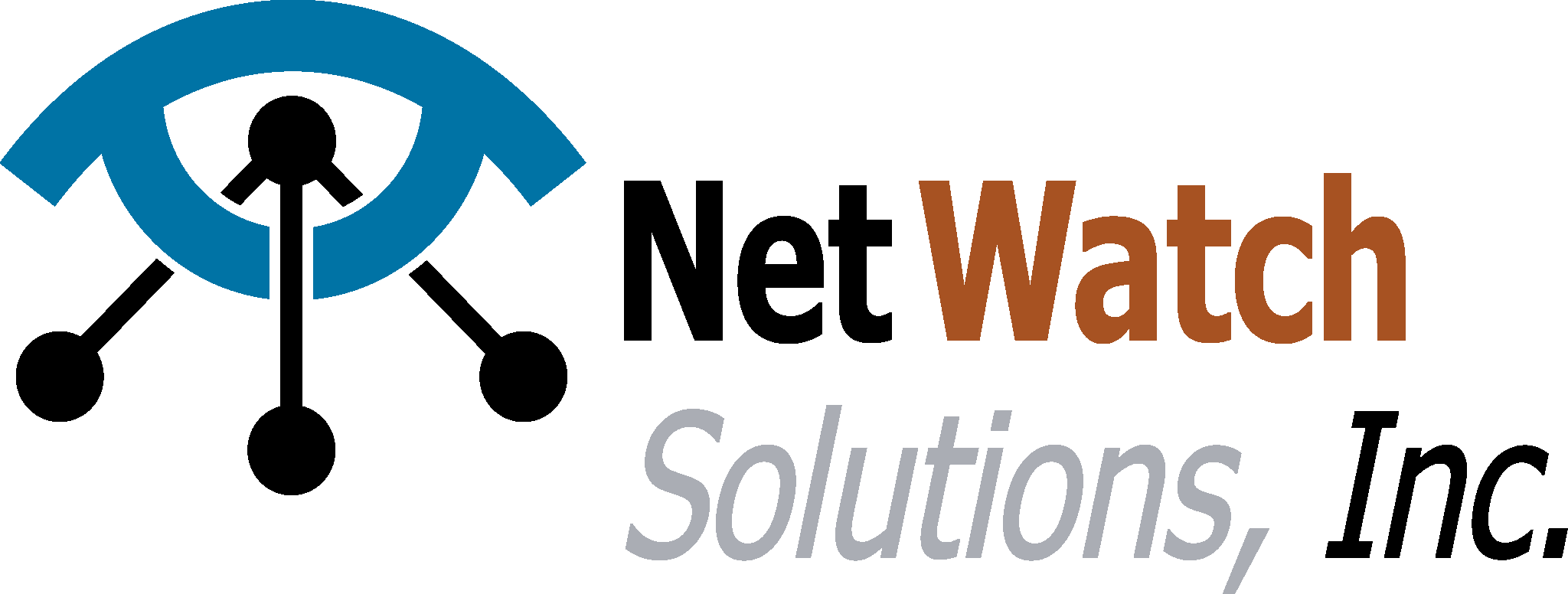Incident / Problem Management
Downtime happens. It's not a question of if, but just a matter of when - or when next.
Know and be able to defend that your Mean Time Between Failures (MTBF) and Mean Time To Repair (MTTR) are all trending in the right direction. Your team's activities in Incident Management should translate to demonstrated results.

Incidents in Samantha™ are tied to the configuration item; the asset that failed. With this, down-stream effects of the outage can be computed and tracked. The specifics of the outage are identified, recording whether the incident was as a result of an IT change and if people were affected.
Organize your incidents in categories and types. Identify its priority. Define whether the incident should be excluded from the availability computation. Link the incident to your problem management activities. Add-in "who was affected" by the incident to enhance your change prediction capabilities.
Calendar views, dashboards, and reporting gives you the information to ensure your incidents are resolved effectively. While Incident Management is focused on recovering from outages, Problem Management is used to ensure incidents don't occur in the first place. Problem Management is both reactive, after incidents occur, and proactive, before they happen.
Best intentions aside, problems get away from us. Daily urgencies and the press of 'too much to do' allows us to easily drop the ball. We forget to call the vendor back, to fix the intermittent connection, or to undo temporary fixes. When that happens, sooner or later, another incident occurs - yet again.
Problem management allows you to assign tasks and track problems to their completion. Problems can be entered reactively, from an incident, or proactively. Target dates are assigned to each task so that you can estimate overall completion times and to know if someone is behind schedule. E-mail notifications remind you when you are overdue on tasks.
Samantha's problem tracking and task notification system gives you the edge you need.
Incident / Problem Management
Downtime happens. It's not a question of if, but just a matter of when - or when next.
Know and be able to defend that your Mean Time Between Failures (MTBF) and Mean Time To Repair (MTTR) are all trending in the right direction. Your team's activities in Incident Management should translate to demonstrated results.

Downtime happens. It's not a question of if, but just a matter of when - or when next.
Know and be able to defend that your Mean Time Between Failures (MTBF) and Mean Time To Repair (MTTR) are all trending in the right direction. Your team's activities in Incident Management should translate to demonstrated results.
Incident / Problem Management
Incidents in Samantha™ are tied to the configuration item; the asset that failed. With this, down-stream effects of the outage can be computed and tracked. The specifics of the outage are identified, recording whether the incident was as a result of an IT change and if people were affected.
Organize your incidents in categories and types. Identify its priority. Define whether the incident should be excluded from the availability computation. Link the incident to your problem management activities. Add-in "who was affected" by the incident to enhance your change prediction capabilities.
Calendar views, dashboards, and reporting gives you the information to ensure your incidents are resolved effectively. While Incident Management is focused on recovering from outages, Problem Management is used to ensure incidents don't occur in the first place. Problem Management is both reactive, after incidents occur, and proactive, before they happen.
Best intentions aside, problems get away from us. Daily urgencies and the press of 'too much to do' allows us to easily drop the ball. We forget to call the vendor back, to fix the intermittent connection, or to undo temporary fixes. When that happens, sooner or later, another incident occurs - yet again.
Problem management allows you to assign tasks and track problems to their completion. Problems can be entered reactively, from an incident, or proactively. Target dates are assigned to each task so that you can estimate overall completion times and to know if someone is behind schedule. E-mail notifications remind you when you are overdue on tasks.
Samantha's problem tracking and task notification system gives you the edge you need.
